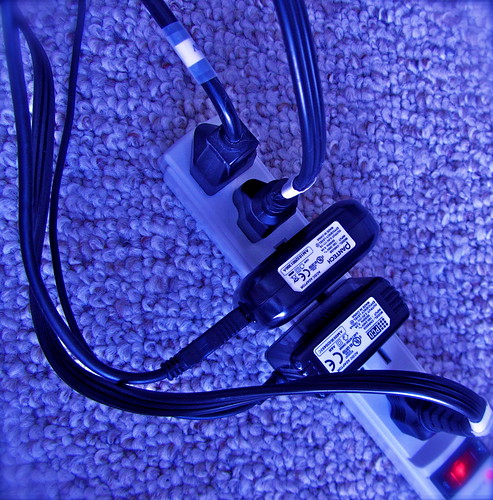
photo credit: Melissa Venable
Recently a friend of mine had a near miss, an almost complete tank wipe out due entirely to a powerstrip. This was a potentially disastrous situation that was totally avoidable had things been set up slightly different. After this event, the system has been changed to prevent such failures occurring again and my point in writing this article is to allow you to make these changes (should you need to) before such happens to you.
So what was the problem? Simply put “all the eggs were in one basket”, that being all of the pumps were connected to a single powerstrip. Unfortunately, powerstrips are not the most reliable of tools and, for the most part, we generally choose cheap over reliable when purchasing these peripherals for our tank. In this case the fuse on the strip blew and all of the circulation in the tank ceased. If you have had this happen, from a powercut, or other problem, you will know that, in a well-stocked tank, inside 30 minutes the fish begin to suffer. In an hour they are struggling and after several hours they begin to die. In the case of my friends tank, the pumps were off for over 24hrs. All of the fish died. Now, this could have been avoided if the owner of the system had distributed at least one pump on a second powerstrip, or connected it directly to a wall socket. In the event of a failure on the strip, at least some water movement would remain and the fish would have survived. Even better, if the option is available, two separate power circuits should be used to supply electricity to a tank. Each should carry part of the pump load and part of the heater load, and- if possible- part of the lighting. In this case, should an entire circuit fail (such as a breaker blowing) the tank will still have flow, heat and lights. This is a simple safety precaution, yet not one many people think of when setting a tank up. This is now the way my friends tank is powered, hopefully their experience will help you avoid this sad occurrence.










Amen!